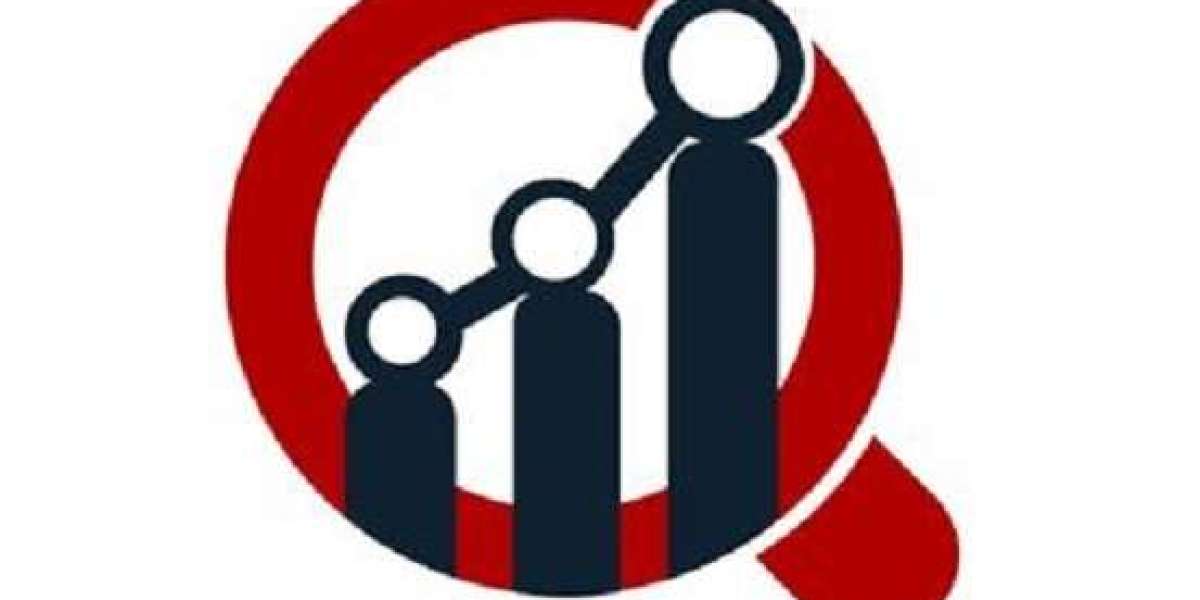Demand in supply chain management forecasting is very important. It drives every aspect of supply chain operations, from procurement and production to distribution and sales. Understanding and accurately forecasting demand is crucial for efficient supply chain management. This blog explores the pivotal role demand plays in supply chain management forecasting and highlights the importance of precise demand forecasting in optimizing supply chain operations.
Understanding Demand in Supply Chain Management
Demand in supply chain management refers to the need or desire for products and services that consumers express at a given price level. It is influenced by various factors, including market trends, consumer preferences, economic conditions, and competitive actions. Accurately forecasting demand is critical because it directly impacts how businesses manage their supply chains to meet customer needs efficiently and cost-effectively.
The Importance of Supply Chain Management Forecasting
Supply chain management forecasting involves predicting future demand to plan and manage the supply chain effectively. It encompasses various components, including demand forecasting, inventory management, production planning, procurement, and logistics. Accurate forecasting ensures that businesses can align their supply chain activities with anticipated demand, minimizing costs, reducing waste, and maximizing customer satisfaction.
The Role of Demand in Supply Chain Management Forecasting
Demand Forecasting as the Foundation
Demand forecasting is the cornerstone of supply chain management forecasting. It involves using historical data, market analysis, and statistical models to predict future customer demand. By accurately forecasting demand, businesses can make informed decisions about inventory levels, production schedules, procurement strategies, and distribution plans.
Effective demand forecasting provides several key benefits:
Optimized Inventory Levels:
Accurate demand forecasts help businesses maintain optimal inventory levels, reducing the risk of stockouts and excess inventory. This balance minimizes carrying costs and ensures product availability to meet customer demand.
Efficient Production Planning:
Forecasting demand enables businesses to plan production schedules more effectively. By aligning production with anticipated demand, companies can optimize resource utilization, reduce lead times, and minimize production costs.
Improved Procurement Strategies:
Accurate demand forecasts inform procurement decisions, ensuring that businesses acquire the right amount of raw materials and components. This reduces the risk of shortages and excess inventory, optimizing procurement costs.
Effective Distribution Planning:
Demand forecasting helps businesses plan their distribution activities, ensuring timely delivery of products to customers. This enhances customer satisfaction and reduces transportation and storage costs.
Linking Demand to Inventory Management
Inventory management is a critical component of supply chain management, and demand forecasting plays a vital role in its effectiveness. Accurate demand forecasts help businesses determine the optimal inventory levels needed to meet customer demand while minimizing carrying costs.
Safety Stock Levels:
Demand forecasting informs safety stock levels, which act as a buffer to protect against demand variability and supply chain disruptions. By maintaining appropriate safety stock, businesses can ensure product availability even during unexpected demand spikes or supply chain issues.
Reorder Points:
Demand forecasts help establish reorder points, indicating when additional inventory should be ordered to prevent stockouts. This ensures a continuous supply of products and avoids disruptions in the supply chain.
Inventory Turnover:
Accurate demand forecasting improves inventory turnover by aligning inventory levels with actual demand. This reduces the risk of obsolete inventory and minimizes holding costs.
Enhancing Production Planning and Scheduling
Demand forecasting provides valuable insights that help businesses plan and schedule production activities efficiently.
Capacity Planning:
Accurate demand forecasts enable businesses to plan production capacity to meet anticipated demand. This ensures that manufacturing facilities are utilized optimally, reducing idle time and maximizing productivity.
Production Schedules:
Demand forecasting helps create detailed production schedules that align with expected demand. This minimizes lead times, reduces production costs, and ensures timely delivery of products to customers.
Resource Allocation:
Forecasting demand informs resource allocation decisions, such as labor, machinery, and materials. By aligning resources with anticipated demand, businesses can optimize resource utilization and minimize production bottlenecks.
Informing Procurement and Supplier Management
Procurement and supplier management are essential for ensuring a smooth supply of raw materials and components. Demand forecasting provides critical information that helps businesses make informed procurement decisions.
Procurement Planning:
Accurate demand forecasts help businesses plan their procurement activities, ensuring that the right materials are available when needed. This reduces the risk of production delays and minimizes procurement costs.
Supplier Collaboration:
Demand forecasting facilitates collaboration with suppliers by providing them with accurate demand information. This enables suppliers to plan their production and delivery schedules, ensuring a reliable supply of materials.
Strategic Sourcing:
Demand forecasts inform strategic sourcing decisions, helping businesses identify the most cost-effective suppliers and negotiate favorable terms. This optimizes procurement costs and ensures a reliable supply of materials.
Optimizing Distribution and Logistics
Distribution and logistics are critical for ensuring timely delivery of products to customers. Demand forecasting plays a very important role in these activities.
Distribution Planning:
Accurate demand forecasts help businesses plan their distribution activities, ensuring that products are delivered to the right locations at the right time. This enhances customer satisfaction and reduces transportation and storage costs.
Transportation Management:
Demand forecasting informs transportation management decisions, such as route planning and load optimization. This minimizes transportation costs and ensures timely delivery of products.
Warehouse Management:
Accurate demand forecasts help optimize warehouse management activities, such as storage, picking, and packing. This reduces storage costs and ensures efficient order fulfillment.
Reducing Supply Chain Risks
Supply chain risks, such as demand variability, supply disruptions, and economic fluctuations, can significantly impact supply chain performance. Demand forecasting helps mitigate these risks by providing businesses with valuable insights to make informed decisions.
Demand Variability:
Accurate demand forecasts help businesses anticipate and manage demand variability. By understanding demand patterns and trends, businesses can adjust their supply chain activities to meet changing customer needs.
Supply Disruptions:
Demand forecasting informs contingency planning, helping businesses prepare for supply disruptions. By maintaining appropriate safety stock and identifying alternative suppliers, businesses can ensure continuity in the supply chain.
Economic Fluctuations:
Demand forecasts provide insights into economic conditions that impact demand. By understanding economic trends, businesses can adjust their supply chain strategies to mitigate risks and capitalize on opportunities.
The Impact of Technological Advancements on Demand Forecasting
Technological advancements are transforming demand forecasting, enhancing its accuracy and reliability. The integration of advanced technologies, such as artificial intelligence (AI), machine learning, and big data analytics, is revolutionizing supply chain management forecasting.
Artificial Intelligence and Machine Learning
AI and machine learning algorithms analyze vast amounts of data to identify patterns and trends, providing more accurate demand forecasts. These technologies continuously learn from new data, improving their predictive capabilities over time.
Predictive Analytics:
AI and machine learning enable predictive analytics, which provides businesses with actionable insights into future demand. This enhances decision-making and optimizes supply chain operations.
Real-Time Forecasting:
AI-powered demand forecasting models can process real-time data, providing up-to-date demand forecasts. This enables businesses to respond quickly to changing market conditions and customer needs.
Big Data Analytics
Big data analytics leverages large datasets from various sources, such as sales data, market trends, social media, and IoT devices, to provide comprehensive insights into demand patterns.
Data Integration:
Big data analytics integrates data from multiple sources, providing a holistic view of demand. This enhances the accuracy and reliability of demand forecasts.
Advanced Analytics:
Advanced analytics tools analyze complex data sets, identifying correlations and trends that traditional methods might miss. This provides businesses with deeper insights into demand patterns.
Cloud-Based Solutions
Cloud-based demand forecasting solutions provide businesses with scalable and accessible platforms for managing their forecasting activities. These solutions offer several benefits:
Scalability:
Cloud-based solutions can scale to accommodate the needs of businesses of all sizes. This ensures that businesses can handle increasing volumes of data and complex forecasting models.
Collaboration:
Cloud-based platforms facilitate collaboration among stakeholders, enabling them to share insights and align their efforts. This enhances the accuracy and effectiveness of demand forecasting.
Conclusion
Demand plays a crucial role in supply chain management forecasting, influencing every aspect of supply chain operations. Accurate demand forecasting is essential for optimizing inventory management, production planning, procurement, distribution, and logistics. By understanding and accurately predicting demand, businesses can make informed decisions, reduce costs, and enhance customer satisfaction.
Technological advancements, such as AI, machine learning, big data analytics, and cloud-based solutions, are revolutionizing demand forecasting, providing businesses with more accurate and reliable insights. By leveraging these technologies and incorporating demand forecasting into their supply chain management strategies, businesses can stay competitive, mitigate risks, and achieve long-term success.
Predict your sales volume and demand trends with our Artificial Intelligence-based SaaS platform visit: https://thousense.ai/
Source: https://diigo.com/0wqpe9







